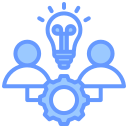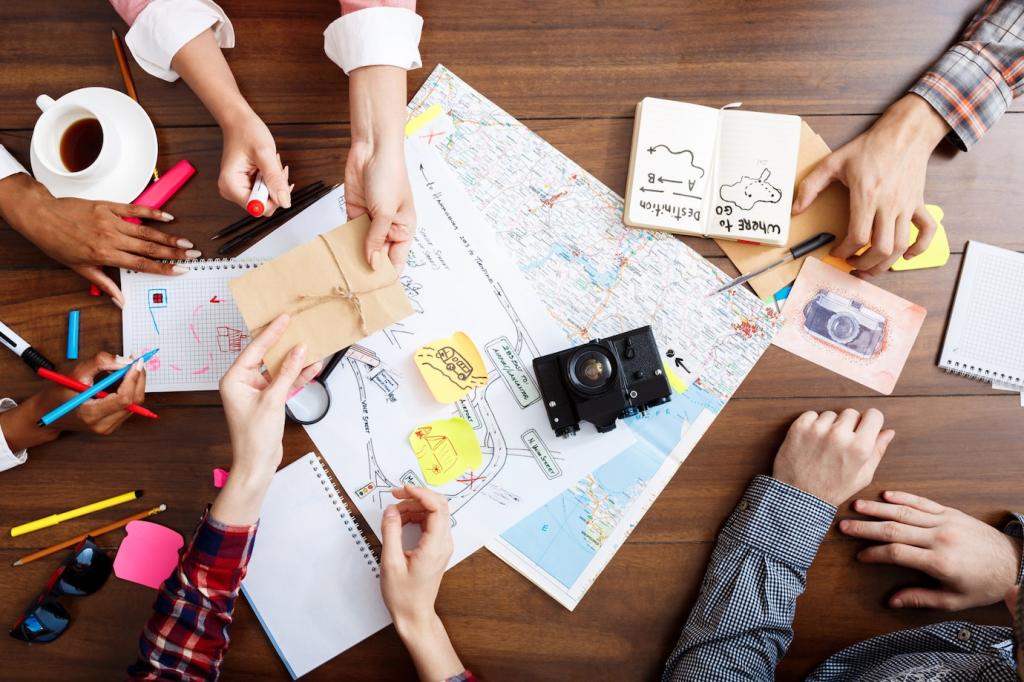Pricing Climate Risk: Glaciologists, Software Teams, and Economists Build Better Models
Glaciologists shared melt dynamics that affect river peaks decades ahead. Data engineers converted those insights into scenario libraries that models could sample. Economists balanced precision with usability, defining risk bands that decision makers could understand without advanced degrees or endless sensitivity toggles.
Pricing Climate Risk: Glaciologists, Software Teams, and Economists Build Better Models
City planners wanted clarity, insurers needed defensibility, and residents demanded fairness. The team held joint workshops to co-create disclosure language and visualization defaults. Clear narratives reduced misinterpretation, while transparent code review processes increased trust in both the methodology and the result summaries.


